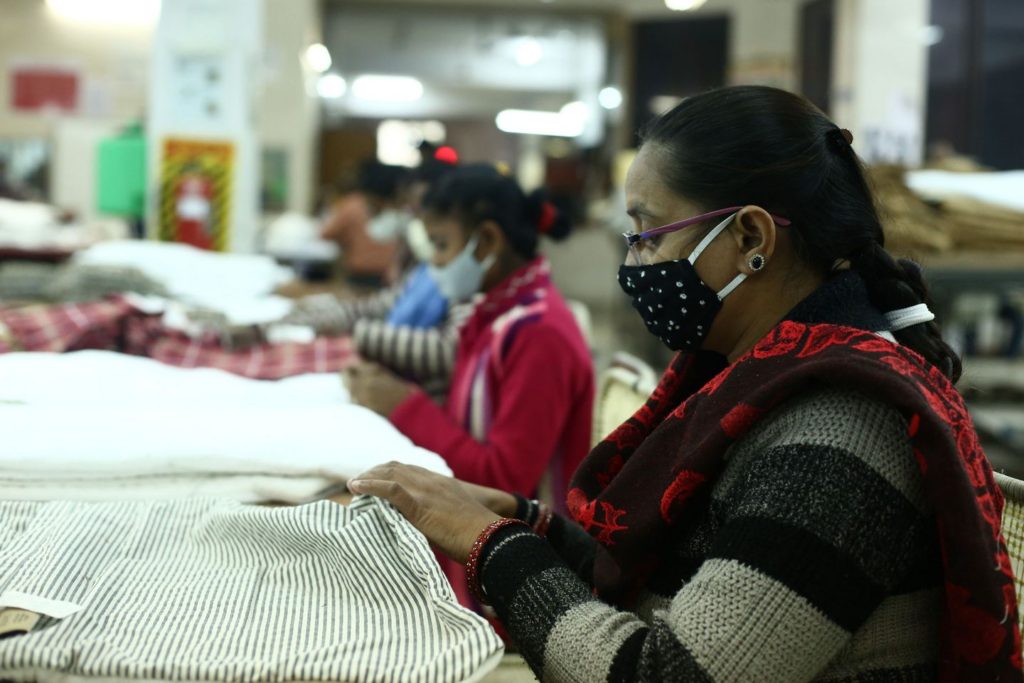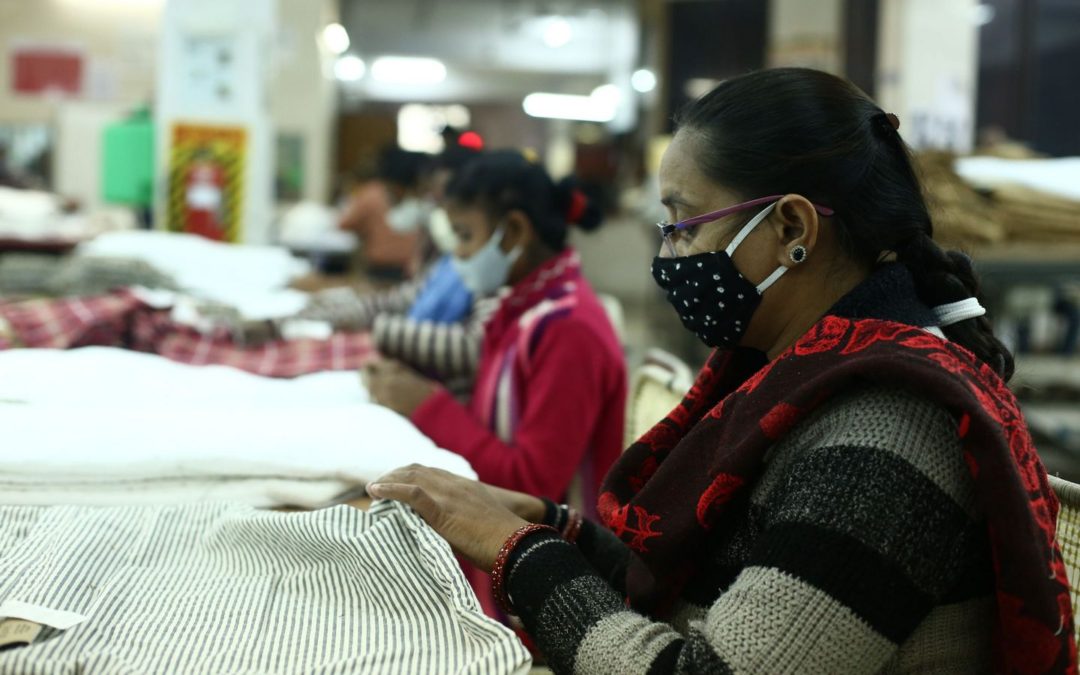
The Indian government has made considerable changes to its labor laws and simplified a number of processes. However, the textiles, clothing, leather and footwear sectors will still need to do some tightrope walking.
The Indian Parliament gave approvals to the government’s three labor codes.
Industrial Relations Code, 2020; Code on Occupational Safety, Health & Working Conditions Code, 2020; and Social Security Code, 2020
The government claims that these bills will bring in reforms to ensure easier compliance with labor standards worldwide. This, in turn, will help bring in foreign investment.
The code on Social Security Bill extends social security funds only to workers for app-based firms like Uber, Ola, and Zomato and unions claim there are grey areas here. They are often treated as independent partners who are not covered under most labor regulations.
The proposed bill on health and occupational safety helps only those working in factories, mines and docks and are not universal in nature, contend the labor unions, which have joined hands with the farmers in their protest against the farm sector bills.
The Indian textiles, clothing, leather and footwear sectors, collectively known as the TCLF sector, are priority sectors under the government’s’ Make in India’ initiative. The government hopes that comprehensive industrial reforms, including labor reform, will enable these labor-intensive industries to develop large capacities and economies of scale, translating into millions of poverty-alleviating jobs for marginalized sections of the population.
A major roadblock to building scale in the TCLF sector is the country’s labor law architecture—an opaque web of hundreds of labor laws at both Central and state levels, characterized by weak monitoring and enforcement at the local level. This convoluted system, played havoc in the hiring of permanent workers by employers to reduce their exposure to a burdensome labor regulatory regime. Just over 20 per cent of India’s workers are formalized and therefore protected under existing labor laws. Consequently, neither does the system protect workers from exploitative employers, nor does it facilitate growth of scale for businesses.
Recognizing this gap, led an effort over the past six years to subsume the existing legal patchwork into four central labor codes covering: minimum wages; industrial relations (IR); occupational safety and health (OSH); and social security.
While this process was under way, several states controversially proposed to suspend existing labor requirements to boost industries suffering from the covid-19 pandemic, but the Central government paused these efforts to focus on passage of the remaining three codes.
The first bill tabled was The Industrial Disputes (Gujarat Amendment) Bill, 2020. The bill allows industrial establishments with less than 300 workers to shut shop or retrench or lay off employees without seeking prior permission from the state government. Although this can be a good thing for manufacturers when markets fluctuate, but may not be attractive to foreign investors that are looking at big factories, like they are used to in Thailand, Bangladesh, Indonesia, China.
Therefore, it is imperative for the government and the private sector to not only ensure the reforms are implemented smoothly, but that they also defend the reforms against global opprobrium and ensure India remains attractive to foreign customers and investors. For Indian TCLF exporters, who already face accusations from unions and civil society organizations of exploiting their workers, they must ensure that the new reforms do not put them on opposing sides of such a critical issue with their buyers or they might end up losing the buyers outright.
If major international brands and retailers take a public position against the new labor codes, their local suppliers (Indian TCLF exporters) will be caught in a major bind. TCLF exporters will come under pressure from their international buyers to oppose major parts of the labor law reform, or at least work to have it modified to blunt global opposition and make it publicly acceptable. Letting the controversy fester would only discourage international brands from sourcing in India. This will be a very challenging tightrope to balance.
Both the government and TCLF exporters therefore need to recognize the oncoming danger and take proactive action accordingly. The reforms must not just be implemented, they must also be marketed by the government in various global forums.
This is an opportune time to undertake this effort as global brands and retailers are under severe pressure to relocate supply chains out of China and are looking at India as an alternative. China’s manufacturing strength is the scale it can provide, something which no other country can match. Today India is nowhere near China in terms of scale, but it is still the only country that has a large enough workforce that can provide similar scale as China in the future.

